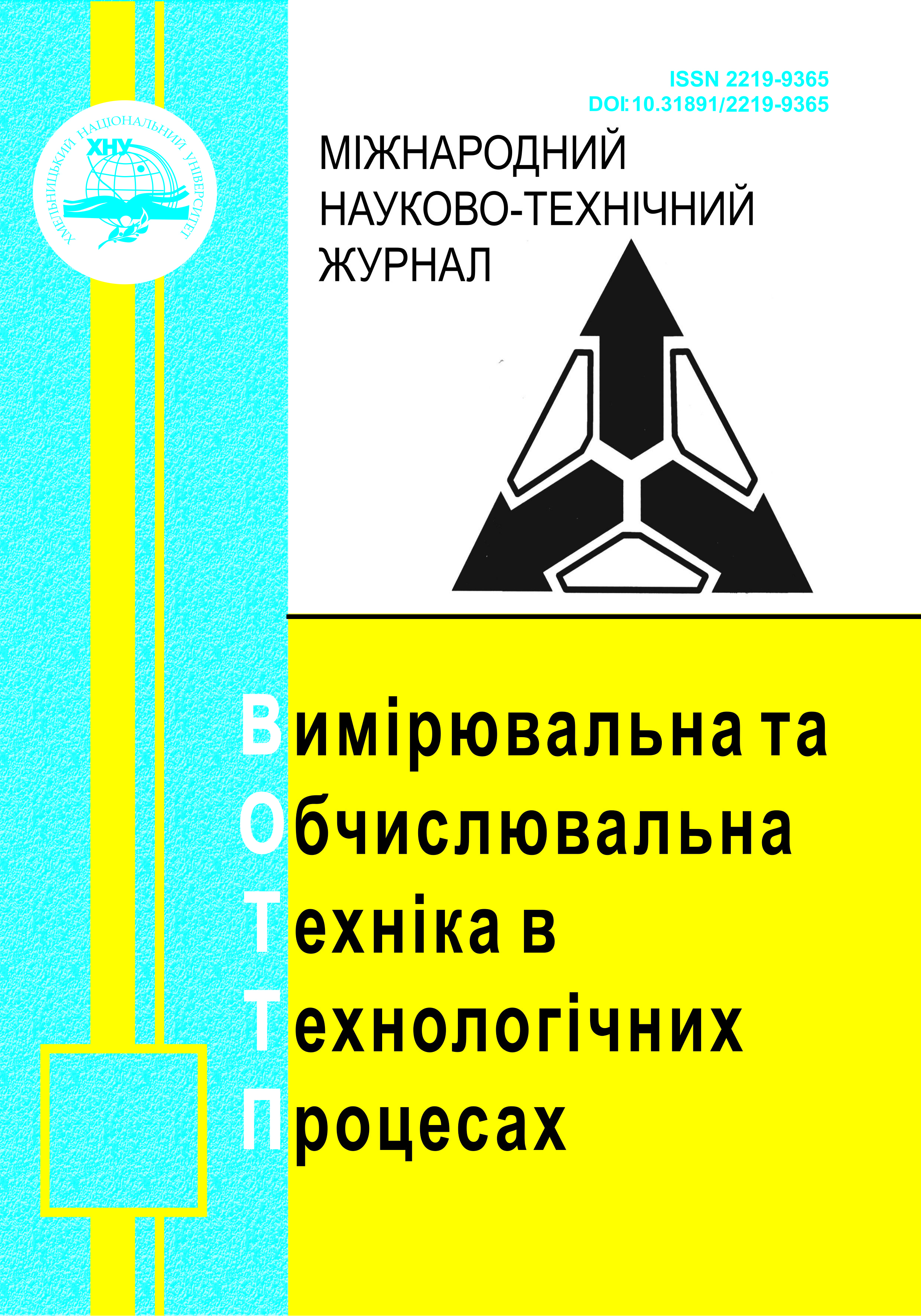EVALUATION FUNCTIONS AND METRICS FOR ERROR DETECTION WHEN TESTING SOFTWARE
DOI:
https://doi.org/10.31891/2219-9365-2021-68-2-12Keywords:
software testing, suitability function, similarity coefficient, metricsAbstract
Significant achievements of diagnostics and scientists and the creation of a large number of software testing methods to date have not solved the problem of complete localization of software code defects and have not reduced the relevance of this task.
The study is devoted to the analysis of the possibility of improving the efficiency of automated software testing methods using different options of evaluation functions and metrics, which are widely used to optimize tests and assess the quality of test results. The paper considers the basic classes of software testing methods, directions and technologies of test automation, analyzes the relationship of suitability functions, similarity coefficients and metrics with test results. The similarity coefficients of Kulchinsky, D2, Tarantula, Rogers & Tanimodo, Ochiai, Barinel, as well as metrics Expense, Exam-Score, F3 (Jin and Orso), Laghari, T-Score, Mean Average Precision, Ulysis, G, etc. are considered. Features of the selected functions and their compliance with the testing method largely determines the result of localization of software code defects, which is a prerequisite for reducing the risk of software failures, financial and moral losses of software developers and users.
Although most functions and metrics focus on statistical methods of automated spectrum-based software testing, they can be used or adapted for use in other methods.

